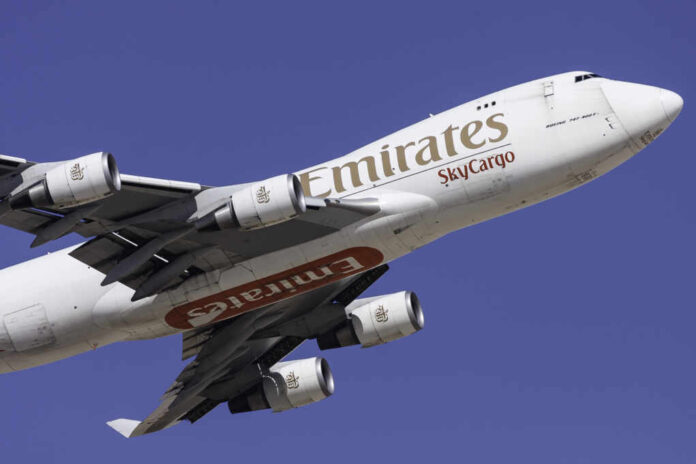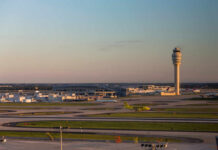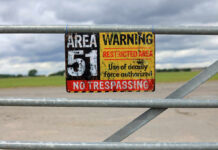
Two ground crew members lost their lives after an Emirates cargo plane veered off a Hong Kong runway, raising serious questions about airport safety and operational oversight at one of Asia’s busiest hubs.
Story Snapshot
- Emirates SkyCargo Flight 9788 slid off runway 07L at Hong Kong International Airport, colliding with a ground vehicle and partially entering the sea.
- Both ground crew members in the vehicle were killed; all aircraft crew survived and were hospitalized.
- The north runway was closed, causing major disruptions to cargo flights and leading to a high-profile investigation.
- Industry experts highlight the growing risks of runway excursions and call for stricter ground safety protocols.
Fatal Collision Exposes Airport Safety Gaps
On October 20, 2025, Emirates SkyCargo Flight 9788—a Boeing 747-400 operated under wet lease by Turkish carrier Air ACT for Emirates—landed at Hong Kong International Airport. During touchdown on runway 07L, the aircraft swerved off the pavement, striking a ground vehicle carrying two experienced ground crew members. The collision caused the tail section of the plane to separate and both the aircraft and vehicle to partially enter the sea. Despite the severity, all four flight crew survived, while the ground crew tragically lost their lives. Rescue operations mobilized over 200 personnel, but the incident resulted in significant trauma for airport staff and families.
Emirates Cargo Plane Slides Off Hong Kong Runway, Killing 2 Ground Crew
The Boeing 747-400, arriving from Dubai, skidded off the runway after landing and fell into the sea, Hong Kong officials said. https://t.co/JAm7egpRKj
— God Bless 🇺🇸USA🇺🇸 (TRB) (@therayban) October 20, 2025
The north runway remained closed following the accident, forcing the cancellation of 12 cargo flights and disrupting logistics at one of the world’s busiest airports. Hong Kong’s Civil Aviation Department and the Air Accident Investigation Authority immediately launched a probe, focusing on recovering flight data and cockpit voice recorders from the wreckage. According to statements from the Airport Authority, safety checks and repairs are underway, with investigators analyzing contributing factors to prevent recurrence.
Watch: 2 dead after Emirates plane slides off Hong Kong runway
Wet-Lease Operations and Accountability
The aircraft involved had no reported cargo at the time of the crash and was conducting a routine flight from Dubai. Its wet-lease arrangement meant Air ACT supplied the aircraft, crew, maintenance, and insurance, while Emirates managed the cargo operation. This business model, common in international aviation, can lead to blurred lines of accountability when incidents occur. Stakeholders—including Emirates, Air ACT, and Hong Kong authorities—are now navigating complex legal, operational, and reputational consequences. The families of the deceased ground crew are seeking accountability, while regulators emphasize the need for robust oversight and inter-organizational coordination.
Industry Response and Long-Term Implications
The closure of the north runway led to economic losses, logistical bottlenecks, and heightened anxiety among airport staff. Broader impacts include the potential for regulatory reforms targeting ground vehicle access, mandatory use of incursion alarms, and expanded oversight of wet-leased aircraft. As the investigation continues, stakeholders remain focused on restoring confidence in airport safety, supporting affected families, and ensuring such incidents do not recur.
Limited data about the specific causes of the runway excursion remain while investigators analyze flight recorders. The broader aviation community is watching closely, as findings could drive global changes in runway safety and ground crew protection. For conservative readers concerned with safety, accountability, and operational integrity, this incident serves as a stark reminder of the need for vigilant oversight and adherence to best practices—values that protect workers, uphold industry standards, and preserve public trust.
Sources:
Emirates SkyCargo Flight 9788 – Wikipedia
2 dead after Emirates plane slides off Hong Kong runway, apparently hits ground vehicle – South China Morning Post

























